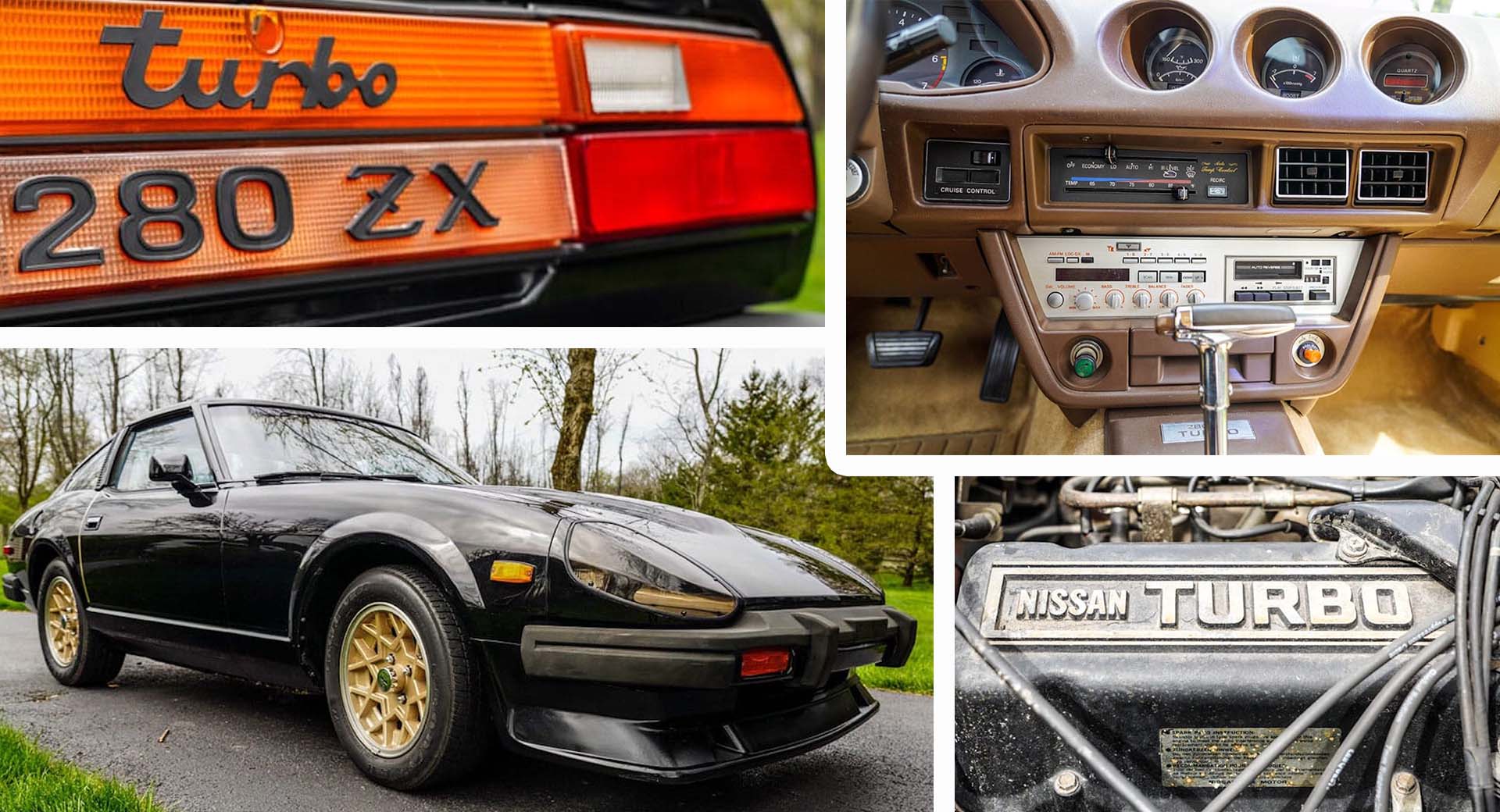
The original 1970 Datsun 240Z proved Japan was capable of building more than economy cars, kicked off a 52-year sports car story that gave us the legendary 1990s Z31 300ZX, and continues this year with the all-new, twin-turbo 2023 Z.
But less well remembered are the ZX-badged cars that Datsun, and later Nissan, built in the late 1970s and early 1980s when the American performance car market was struggling with emissions and safety regulations that seemed determined to make cars heavier, punier and slower.
The 1981 280ZX Turbo might have been 589 lbs (267kg) heavier than a 1971 240Z, but it was also usefully quicker. In fact, it was the fastest Japanese import you could buy in America in ’81, and one of the fastest cars, period. The naturally aspirated 280ZX’s 2.8-liter inline-six was only good for 145 hp (147 PS) that year, but the blown version punched out 180 hp (182 PS), and even saddled with the compulsory three-speed automatic transmission, Car & Driver’s test car rumbled to 60 mph (96 km/h) in 7.4 seconds.
That made it substantially faster than another turbocharged, rear-wheel drive coupe to which the Z bore more than a passing resemblance, especially if the Z in question was dressed up in black and gold like the car pictured here, and optioned with a T-bar roof.
QOTD: Imagine It’s 1981, Which RWD Coupe Do You Buy?
[embedded content]
We’re talking, of course, about the Pontiac Firebird Trans Am. Pontiac had killed off the Firebird’s big-block engine options after 1979, replacing them with turbocharged small blocks. The hottest engine available on the Formula and Trans Am was a turbocharged 301 cu-in (4.9-liter) V8 that made 210 hp (213 PS), but a lower compression ratio in 1981 dropped power to 200 hp (203 PS).
Yep, the Poncho’s 2.1-liter advantage over the Datsun was worth just 20 hp (20 PS). Admittedly, the Firebird had considerably more torque (340 lb-ft/461 Nm versus 203 lb-ft/275 Nm), but it didn’t do it much good. Zero to 60 mph times for the blown bird rarely dropped much below 9 seconds, meaning a turbo Z was significantly faster.
This 280ZX turbo was ordered in shorter two-seat form, rather than as a two-plus-two, with the luxury GL package and the blackout trim option that looks great set off by the gold wheels. The paint is reportedly new, and the interior, original, though it seems to have survived pretty well. The standard two-spoke wheel, T-bar transmission shifter and federally-mandated 85 mph (137 km/h) speedo don’t exactly scream “performance”, but according to period tests, the 280ZX turbo could nudge 130 mph (225 km/h). That was going some for 1981.
If you want to show some appreciation for a forgotten performance hero from the days when the battle for clean air gave performance a dirty name, this ZX is located in Pennsylvania where it’s for sale for $19,500.



